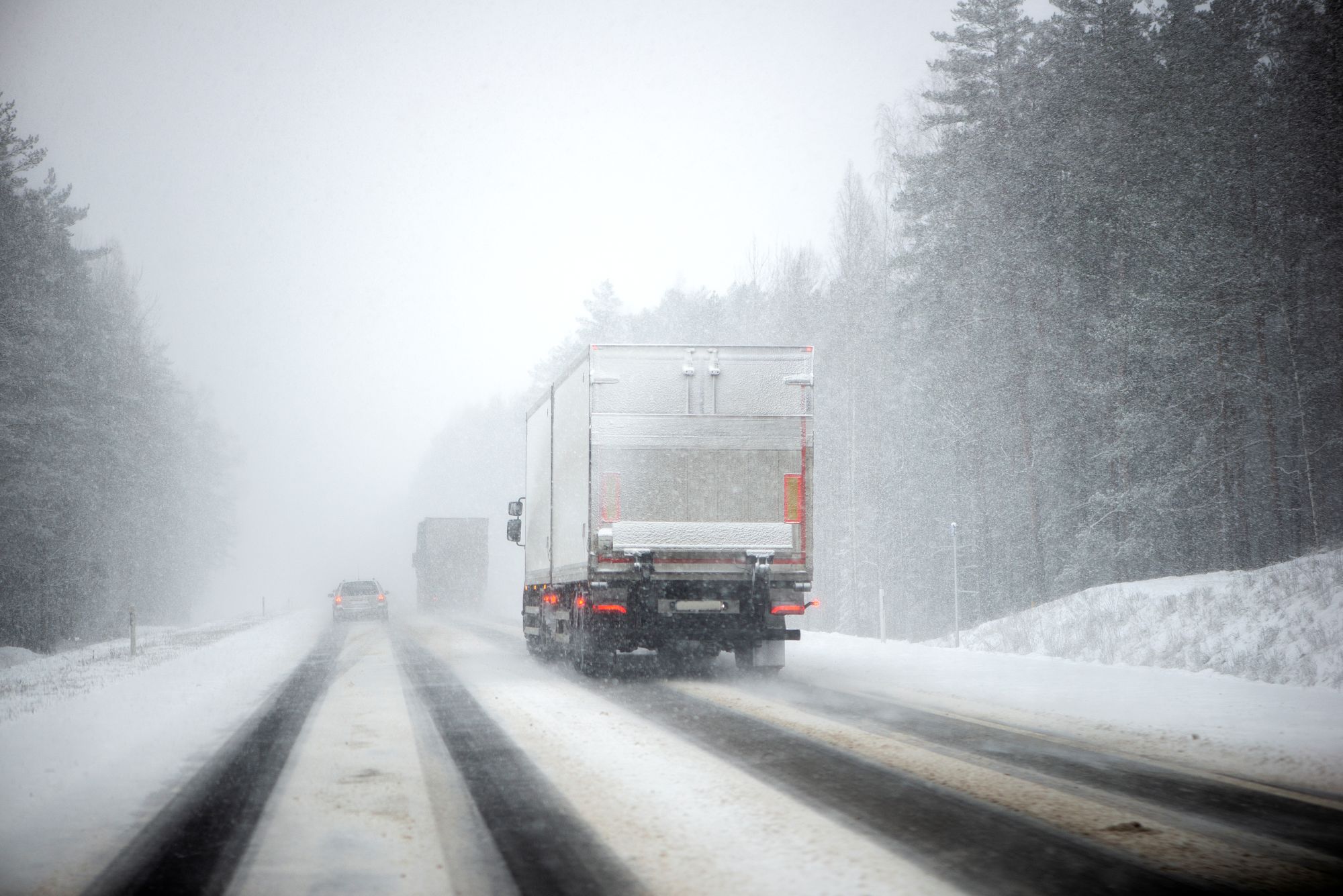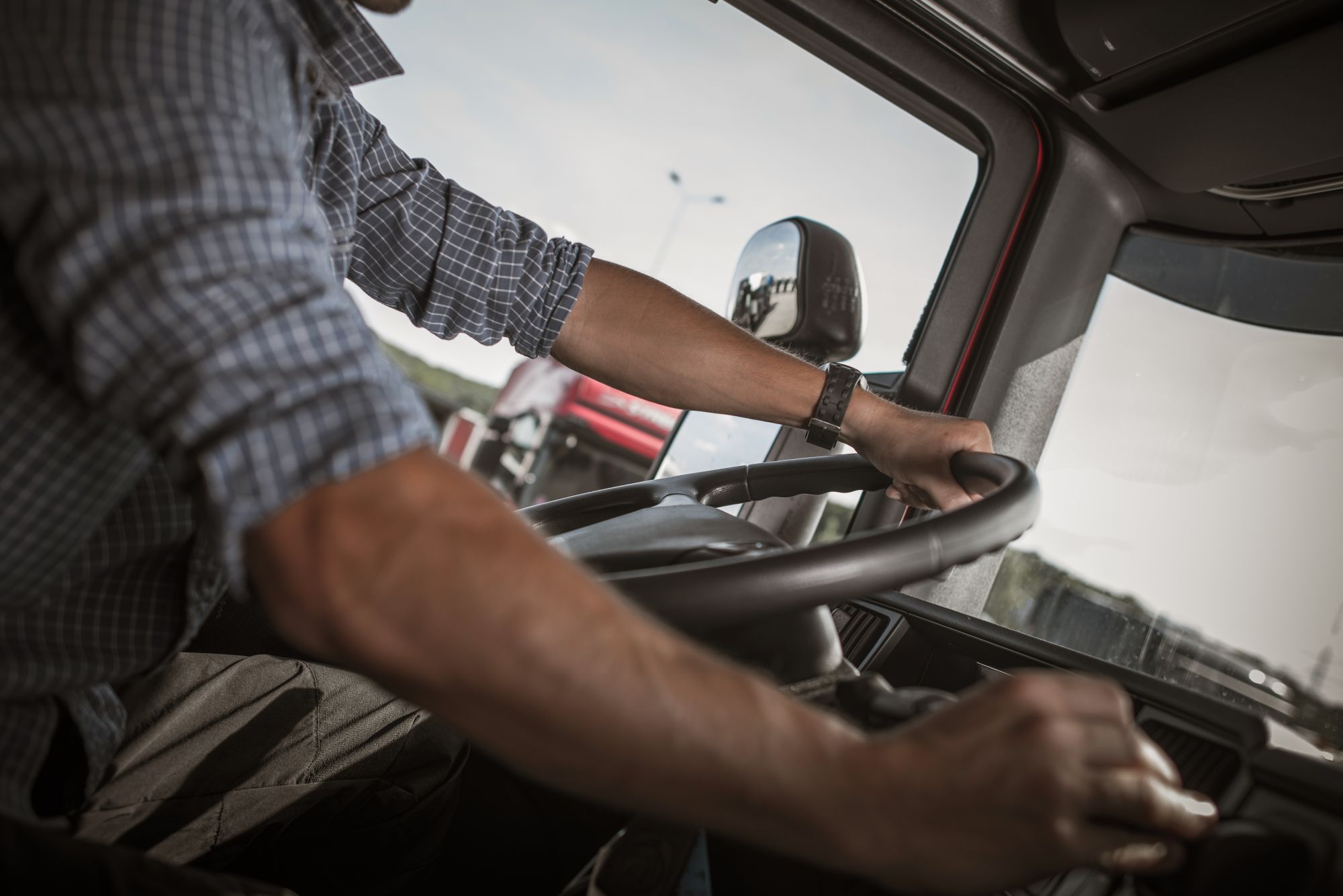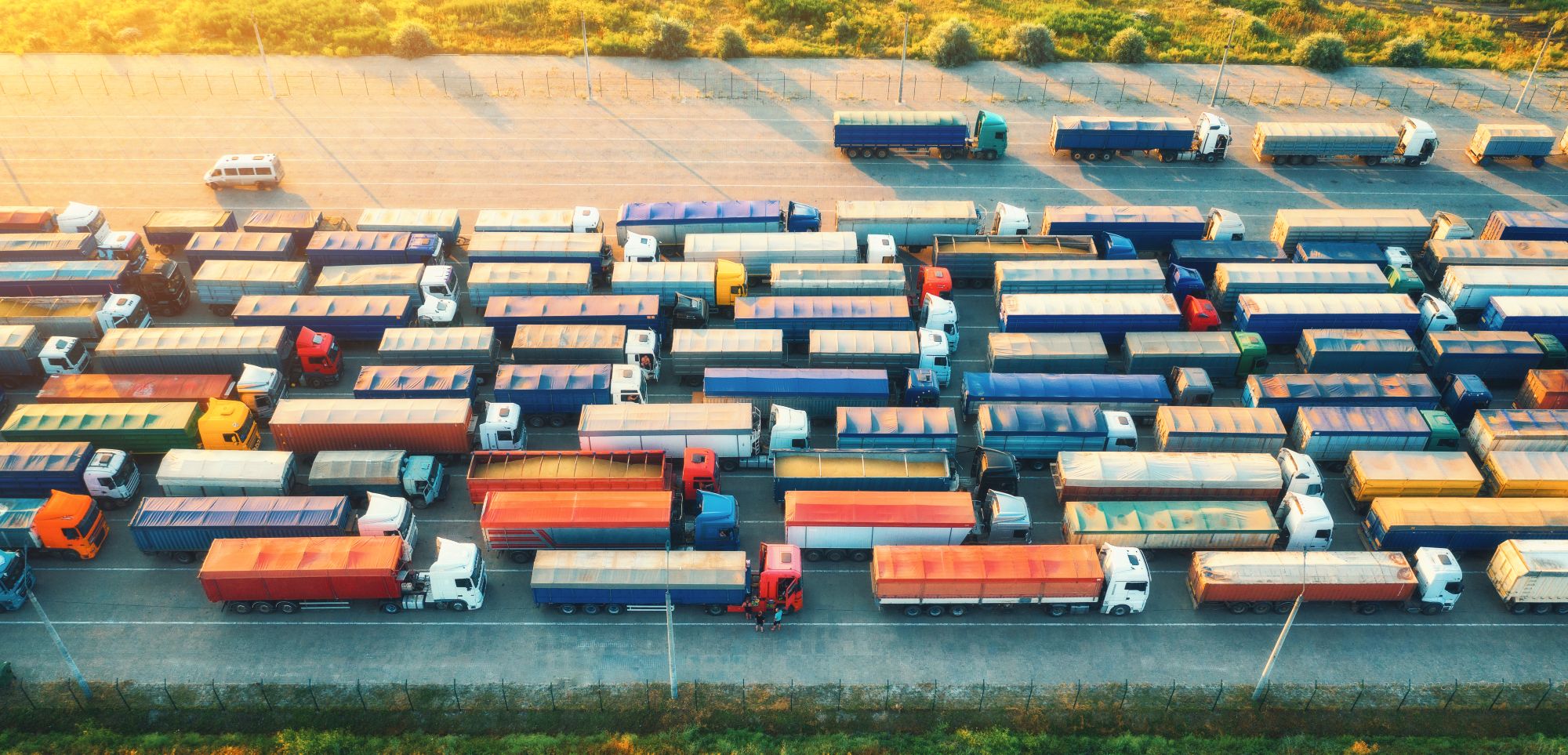
Guest
Winter driving regulations across the UK and EU: What fleet operators need to know
Created: 27/10/2025
•
Updated: 27/10/2025
As temperatures drop, Europe's roads demand more than just skill behind the wheel. They call for preparation, awareness and compliance with a complex patchwork of winter regulations that vary by country. For fleet operators running goods vehicles and HGVs across the UK and EU, understanding these rules is vital to avoiding penalties, downtime, or worse – accidents caused by inadequate preparation.
This article outlines the key requirements for winter – from tyres and visibility rules to the latest lighting, windscreen and speed provisions – and explains how fleets can stay compliant and safe wherever the road takes them.
Tyres and chains
Across most of Europe, there has been a shift toward 3PMSF (Three-Peak Mountain Snowflake) tyres as the recognised standard for winter performance. Heavy vehicles over 3.5 tonnes GVW must now fit these tyres on the driving and steering axles in countries including Germany, Switzerland and Sweden.
While 3PMSF tyres provide reliable grip in cold or moderately snowy conditions, they cannot legally replace snow chains when required by law or signpost. For fleets operating in mountainous terrain, carrying snow chains remains an essential part of winter readiness.
It’s important to note that M+S (Mud and Snow) tyres are being phased out. In Germany, M+S tyres manufactured before 1st January 2018 were accepted until 30th September 2024. As of October 2024, only tyres bearing the Alpine (3PMSF) symbol are permitted in winter conditions. M+S tyres remain legally accepted only as transitional equipment in a few southern or eastern states.
In Austria, winter tyres are compulsory between 1st November and 15th April, with minimum tread depths of 5mm (radial) or 6mm (cross-ply) tread depth for heavy goods vehicles.
France's "mountain law" (Loi Montagne II) enforces winter equipment in Alpine and Pyrenean regions from 1st November to 31st March.
In Italy, winter tyres or snow chains must be carried between 15th November and 15th April on signposted regional and mountain routes.
In some eastern and Balkan regions – such as Romania and Bosnia-Herzegovina – vehicles over 3.5t must also carry a shovel and sand for traction and safety.
Be sure to visit government websites for the latest rules and regulations.
Lights and visibility standards
From 1 January 2025, new semi-trailers and heavy trailers require enhanced visibility. Semi-trailers must be fitted with side lighting that flashes in sync with the direction indicators to improve side visibility.
Vehicles over 6 metres long must have side markers positioned at appropriate intervals, while those over 2.1 metres wide must use contour lighting – continuous white and red outline lights tracing the vehicle's shape at night to make its length and width clear to other road users.
Mandatory lighting for HGVs includes:
● Headlights (low and high beam)
● Rear and brake lights on both sides
● Rear fog lights
● Reflectors and reversing lights
● Daytime running lights have been mandatory on trucks since 2012. Usage rules vary by country.
Before every journey, drivers must ensure all lights, reflectors and number plates are clean and snow-free; failure to do so can lead to fines or penalty points.

Speed, handling and studded tyres
Winter-specific speed limits vary across the EU but always err on the side of caution.
● Austria restricts studded-tyre vehicles to 80 km/h outside built-up areas and 100 km/h on motorways, and requires a visible "Studded Tyres" badge. Studs are not permitted on vehicles over 3.5t.
● In Germany, “appropriate speed” laws mean that even within posted limits, excessive speed on icy roads can constitute an offence under German Road Traffic Regulations.
Weather-specific bans can also apply. In several Alpine and eastern regions, lorries may be turned back from mountain passes or exposed bridges when wind speeds exceed 100 km/h, or temporarily banned from routes affected by black ice or avalanche risk.
Windscreens, mirrors and vision
Visibility isn't optional – it's a legal requirement. Drivers must clear all snow and ice from windscreens, mirrors, roofs and lights before setting off. Some countries fine operators when snow or ice slides from roofs into traffic – with penalties applying in Germany, Switzerland, Austria and other jurisdictions.
To comply, fleets should:
● Maintain operational wipers and demisters.
● Use winter-grade washer fluid tested to -20°C.
● Check heated mirrors daily.
● Ensure snow-clearing tools (shovel, brush and grit) are kept in every cab.
UK vs EU
While UK law does not explicitly require winter tyres, operators are bound by a duty of care under the Health and Safety at Work Act 1974 and the Road Vehicles (Construction and Use) Regulations. The DVSA advises that tyres must maintain at least 1mm tread depth for HGVs. Failure to ensure tyres are suitable for conditions can result in enforcement action for unsafe operation.
For fleets entering the EU, obligations switch to local winter-readiness laws as soon as they cross the border. Non-compliance can lead to roadside immobilisation, fines, or insurance complications in the event of an accident.
Preparing your fleet for winter
Fleet managers should use a winter-readiness checklist that goes beyond tyres:
● Check the regulations for the countries drivers are travelling through
● Install 3PMSF-rated tyres on steering and drive axles
● Carry approved snow chains
● Clean and check all lights, reflectors and washers
● Stock winter emergency kits (first-aid, shovel, reflective jackets)
● Revisit route planning for shorter daylight windows
● Check batteries and air-brake moisture traps daily
● Inspect door seals and wiper blades for wear
● Schedule driver refreshers on cold-weather braking, speed management and chain-fitting.
SNAP's intruck app provides access to bookable, well-lit and secure truck parking – critical for overnight safety during winter disruption. Drivers can locate facilities in advance, ensuring warm rest in line with driving-hour limits.
Staying safe and compliant
Across the UK and EU, winter brings not only snow but a sharper focus on compliance. From 3PMSF tyres and snow-chain carriage to lighting, speed and visibility standards, fleets must stay alert to local variations that can shift within borders or mountain ranges.
By adopting structured fleet checks, monitoring updates from the European Commission and DVSA, and equipping vehicles for every condition, operators can protect their drivers and deliveries through the worst of the season.
SNAP works alongside fleets to make this easier – connecting drivers to reliable rest locations, secure parking and compliance tools that keep haulage moving safely right through the winter of 2025. Find out more today.



